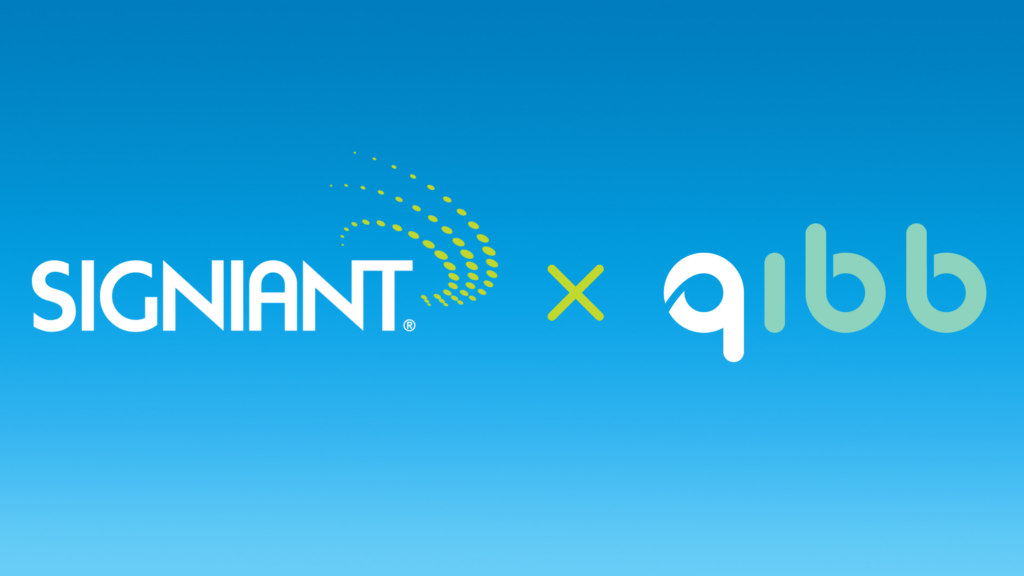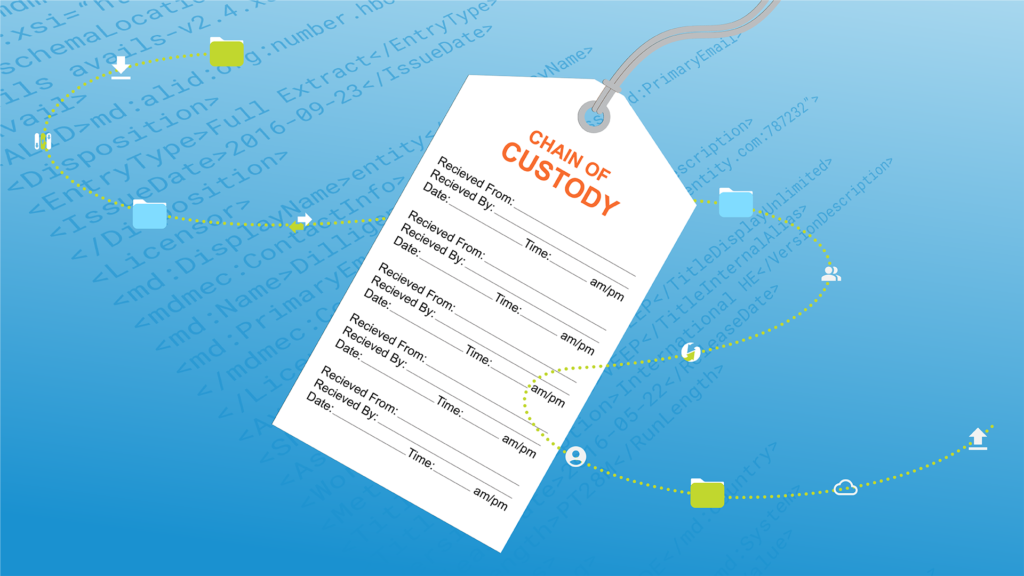AI and Machine Learning Are Making Their Mark in M&E
While the impact of ML and AI have been discussed and debated for years, practical applications are fast accelerating across the media supply chain. The pace of innovation is moving quickly and with the cloud wars in full force, there are new services becoming available all the time that offer novel ways to automate tasks with ML and AI. Already, the big three cloud providers — AWS, Azure, and Google — have rolled out powerful capabilities that help with essential tasks including captioning, transcription, and even object/facial recognition to bolster compliance edits and to augment metadata. For media organizations, the implications of these solutions are vast, and we’ve already begun to see their power. With things moving so fast, though, it’s challenging to keep up and important to have the right architecture and structure in place to take advantage of these innovations.
Automated Clipping and Editing
In a past article, Signiant’s chief strategy officer Rick Clarkson laid out a few examples of how media might achieve synthesis with AI. Take live sports for instance. Highlight clips play a large role in stoking audience excitement, keeping their attention, and helping them stay up to the minute on the fast-paced play on the field. While traditionally a job performed by people alone, new services help automate clipping. As reported in July of 2020, FC Barcelona’s new OTT streaming service for football fans Barça TV+ has begun experimenting with this already. Per an article in SportTechie, the platform will use AI-powered sports video system Pixellot, which films the entire game, captures the whole field in a panoramic view, and detects and tags all movement. This makes it incredibly easy to create highlights and provide archival footage to streamers, advertisers, and even coaches looking to review the success of a given play.
Captioning and Translation
Media organizations are already seeing a great number of solutions that offer automated captioning and translation, especially from cloud providers. This is immensely valuable, especially in the age of content globalization, where a given piece of content might need captions not just for accessibility purposes, but to reach fans speaking dozens of different languages.
Consider AI-powered captioning platform SyncWords, which makes it possible to caption a given broadcast or piece of footage in over 100 different languages. While these captions are often manually reviewed, the time saved by automating the original translation is substantial, especially for those with large global audiences. Recently, SyncWords began working with NHK International, the worldwide branch of Japan’s public media organization. Because NHK provides breaking updates on Japan and Asia to audiences around the world, they need to be able to caption and translate clips at an incredibly rapid pace, a goal which SyncWords has made it much easier to meet.
Similarly, when Catch the Fire — an organization dedicated to establishing churches around the world — needed their global conference captioned for distribution, they turned to SyncWords’ AI. In under 24 hours, AI and ML were able to provide them with accurate captions in 17 different languages.
Compliance
Because different international markets have different content standards, media shared globally has to be edited to fit many diverse compliance requirements, which is unsurprisingly quite time consuming. While an autonomous AI solution would present too much of a risk of missing different content issues, deploying AI designed to flag content based on certain criteria, in concert with a standard review team can expedite the process, and save personnel from having to literally go frame by frame. Technology like this has already begun to appear on social media sites that can recognize certain violent or bigoted language, and — while these tools are still being perfected — they could potentially help editors and compliance specialists save a great deal of time and sweat.
In order to save time and ensure accuracy, organizations as diverse as “The Daily Show,” Emerson College, and MLB Network have turned to AI-powered compliance platforms. That many of these solutions actually combine previously discussed features only makes them more beneficial and showcases ML and AI’s potential to consolidate and streamline workflows. Writing for TV Technology, Sima Levy explains: “A feature that has become especially useful for broadcasters is fast content turnaround for repurposing on social media, web and OTT platforms. By having a compliance platform that also performs clips editing, adding metadata, as well as automation clips options, broadcasters can replace the old legacy editing systems typically used for clips creation to save costs, increase operational efficiency and speed up their workflow.”
Intelligent Transport
In a more behind the scenes application of ML, Signiant recently introduced its patented intelligent transport architecture that uses machine learning to evaluate anonymized historical transfer information collected by its SaaS products. The transport chooses the optimal number of parallel transport streams and selects either standard TCP or Signiant’s proprietary UDP-based acceleration protocol based on a variety of inputs including current and historical network conditions, available compute, storage type and the characteristics of the data set. The new architecture is capable of multiple Gbps transfer speeds and is already deployed in Signiant’s SDCX SaaS platform and seeing remarkable results.
Although, these are just some examples of how ML and AI are being applied in media and entertainment today, with new services becoming available all the time, agility is critical. Because of this, the question becomes: how can companies put in place the right infrastructure to best take advantage of these new innovations?
How an SDCX Architecture Better Enables ML and AI
Today’s media organizations work with huge, highly sensitive assets, and more often than not, these assets are stored across a wide variety of storage types in multiple locations. With AL and ML services being offered by a variety of providers — often delivered in the cloud — it is both impractical and unwise to move all those heavy assets each time you wish to adopt a new service.
That’s where an SDCX (Software-Defined Content Exchange) architecture can be a powerful ally in accessing these new services.
On the most basic level, an SDCX architecture is separated into control plane and data plane components. The control plane operates on information about media, controls access and can orchestrate activities such as a file transfer from one location to another. The data plane connects to any type of storage, either on-prem or in the cloud, providing fast, seamless access to media assets, anywhere. For Signiant’s file transfer solutions, this allows file movement to be orchestrated from the cloud control plane while assets are moved directly into and out of the customer’s own storage. This architecture, though, also allows for other services to act on those media assets where they reside. For example, proxies could be generated or audio tracks and metadata extracted and moved to the cloud where AI and ML services can be leveraged without having to move the heavy assets themselves. This way a company could use AWS for one application and Azure or Google for others, without moving the assets each time. As media and entertainment companies look to adopt best of breed AI and ML services, this approach will provide agility to test and deploy new services much more easily and cost effectively.
The Future Has Begun With AI in Media
With all of these new technologies beginning to display their potential, M&E is at an exciting stage, ripe for innovation. However, in order to benefit from this moment, organizations need to look at their current infrastructure and adapt to the demands that go hand in hand with this new potential.
There are plenty of practical ML and AI applications in use today, and the pace of innovation is moving at a fast clip. Understandably, no business wants to be left behind. In order to ensure that doesn’t happen, you must ask yourself: is your organization prepared to take advantage of what the future holds?


